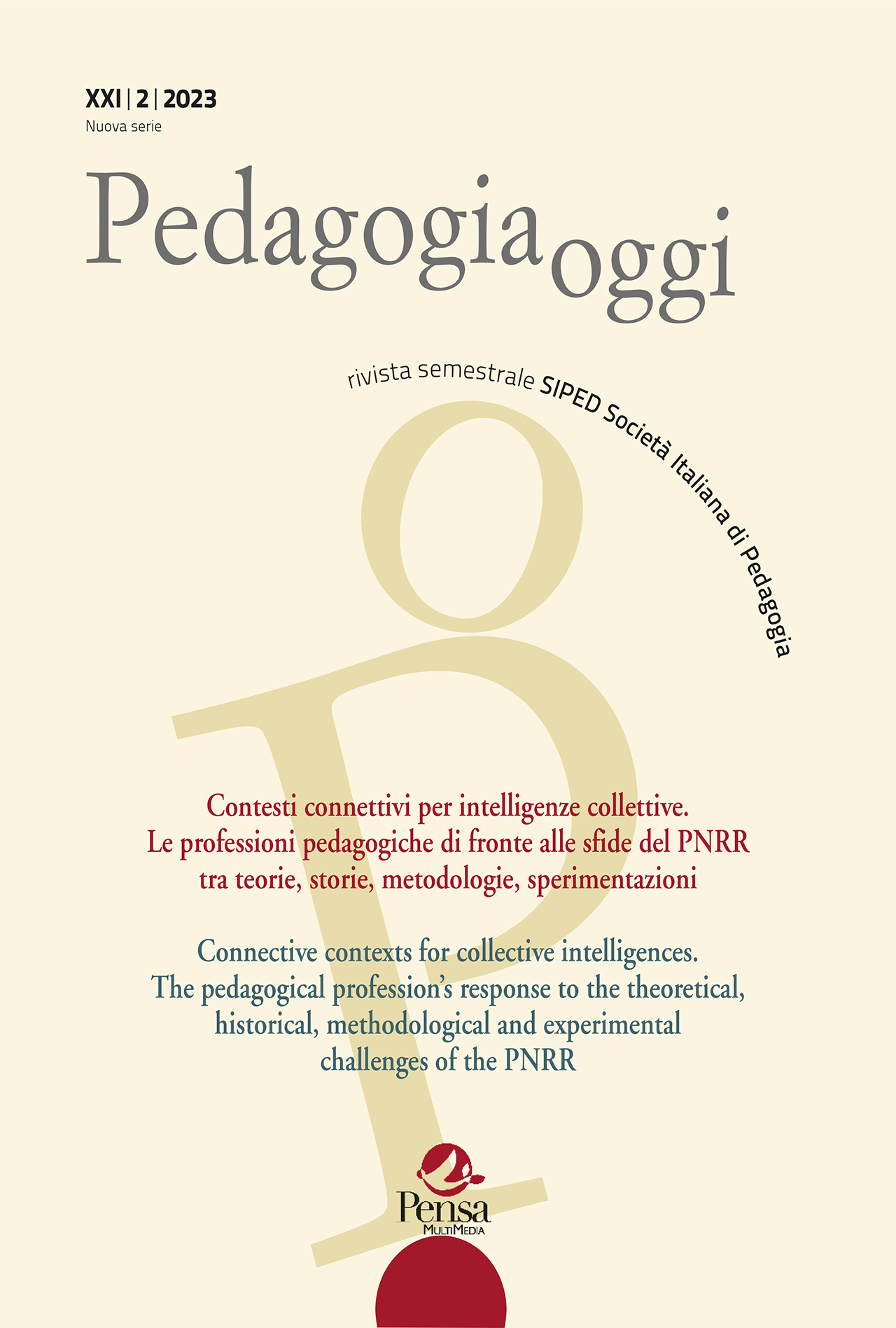Orientare e orientarsi. Una lettura critica delle “Linee guida per l’orientamento”
DOI:
https://doi.org/10.7346/PO-022023-24Parole chiave:
Orientamento, formazione docenti, didattica orientativa, competenze orientative, docente tutorAbstract
Le recenti Linee guida per l’orientamento, del dicembre 2022, ribadiscono il rilievo strategico dell’orientamento per contrastare ritardi e abbandoni e promuovere il successo formativo. Pur orientate a principi di concretezza ed operatività, ai fini dell’attuazione della riforma dell’orientamento delineata dal PNRR, evidenziano alcuni elementi che appaiono contraddittori se letti alla luce della più recente riflessione teorica sull’orientamento. In particolare merita un approfondimento il richiamo al “riconoscimento dei talenti, delle attitudini, delle inclinazioni e del merito” che, al di là della scelta dei termini, sembra richiamare l’idea di un orientamento come matching tra tratti personali e percorsi idonei. L’articolo presenta una lettura critica sulle diverse proposte contenute nelle linee guida: dal ruolo delle figure del docente tutor e orientatore, del loro profilo e dei possibili percorsi formativi, alle possibili interpretazioni della “certificazione delle competenze quale strumento per l’orientamento” per favorire passaggi da un indirizzo all’altro, alla costruzione dei moduli di orientamento nella scuola secondaria e la loro integrazione nei curricoli scolastici, alle possibili interpretazioni del ruolo del consiglio di orientamento, del curriculum dello studente e del rilievo attribuito all’e-portfolio.




